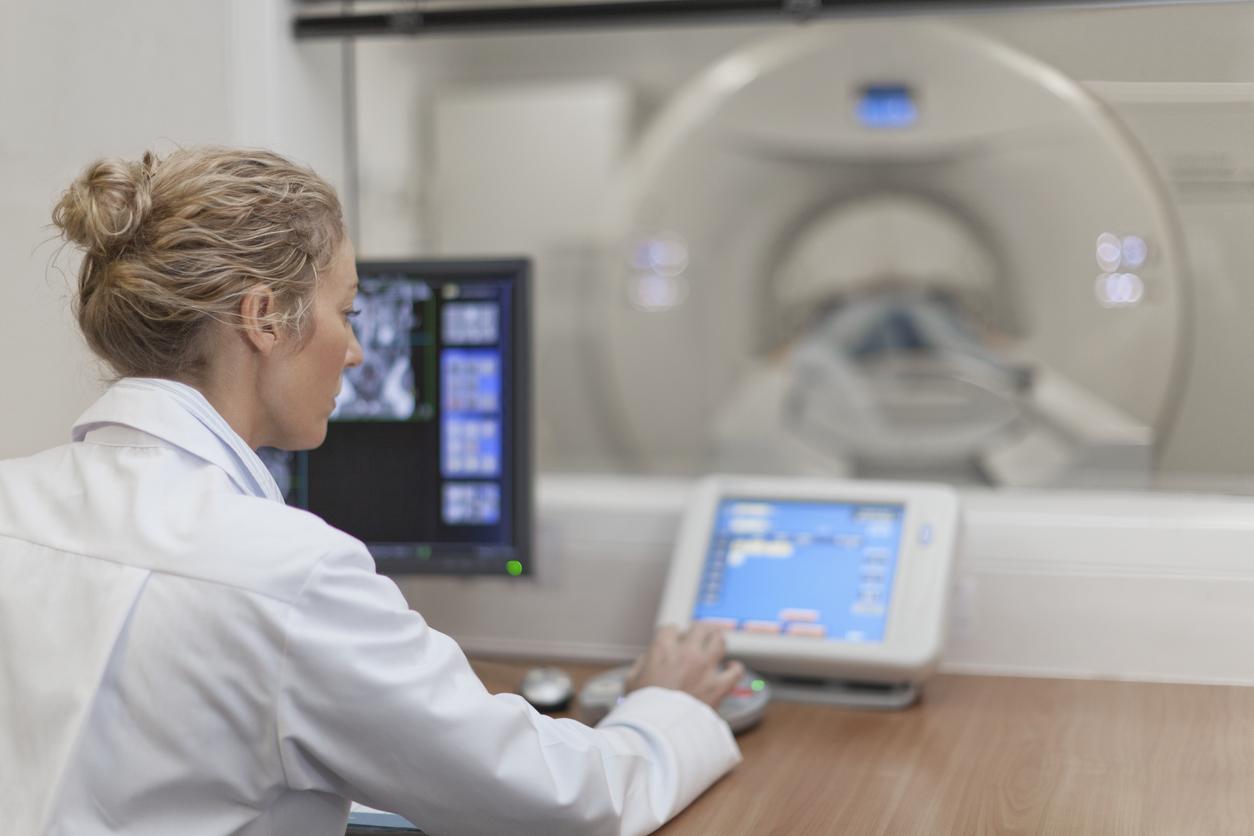France AVC and the Heart and Arteries Foundation recommend taking your pulse regularly to detect atrial fibrillation, which increases the risk of stroke by 5.

The speed of the management of cerebrovascular accidents (CVA) is decisive on the mortality and the sequelae. On the occasion of World Stroke Day last Saturday, the France AVC association and the Heart and Arteries Foundation wanted to highlight a cardiac pathology, atrial fibrillation (or atrial fibrillation), which multiplies by 5 the risk of stroke, and knowledge of which could accelerate the management of strokes. It would be possible to detect her by simply taking her pulse.
The associations therefore call on the French to do so, through their campaign: “Taking the pulse: a simple gesture that can save life”. To do this, it suffices to place the index and middle fingers on the radial artery (at the level of the wrist) or on the carotid artery (in the neck, a few centimeters below the ear) for one minute (timed).
Look above 120
The pulse should be between 40 and 120 beats per minute. Beyond that, this acceleration of the rhythm may be the sign of atrial fibrillation. It is then necessary to consult a doctor. In the same way, an irregular rhythm can constitute a reason for consultation.
Fibrillation affects 1% of the French population, especially people over the age of 65. It is often discreet, and spotted during routine examinations. Some disorders favor its appearance, in particular high blood pressure, but also obesity or diabetes. Taking the pulse would be, according to stroke prevention associations, a simple and effective way to detect an anomaly.

Stroke, an absolute emergency
Each year, there are around 130,000 strokes in France. They cause more than 60,000 deaths, of which more than half in the month following the attack. For the survivors, the brain sequelae are numerous.
They are caused by an interruption in blood flow to an area of the brain, either due to a ruptured vessel or, in 80% of cases, by its obstruction by a blood clot.
In all cases, it is a medical emergency, which can manifest as partial paralysis, loss of feeling or vision. Stroke victims may have difficulty speaking, trouble with balance, or headaches. These symptoms may disappear after a few minutes, but this disappearance does not diminish the urgency of the need for management.

.

















